#morocco leather
Text


Road plan of the city and fauxbourgs of Paris in 1804-1805, divided into two town halls.
From Napoleon’s office following his coronation in December 1804 as Empereur des Français, the imperial residence then being at St Cloud. Publisher Jacques Esnaults (1739-1812).
A similar map of the city of Paris, Jean's Plan routier de la ville et faubourgs de Paris divisé en douze mairies (Paris, 1809) with a note stating that it was recovered from Napoleon's desk at Malmaison by a Prussian volunteer, was offered for sale by Karl Hiersemann in the sale Napoléon I. et son temps; catalogue... composant principalement la collection H. Buhrig, Leipzig, 1913, lot 494.
(Bonhams: Napoleon Bonaparte, The British Sale)
#Paris#France#1800s#map#Morocco leather#napoleonic era#napoleonic#napoleon#napoleon bonaparte#first french empire#french empire#19th century#history#maps#auction#bonhams#Jacques Esnaults#Esnaults#vintage book#old books#vintage
29 notes
·
View notes
Text







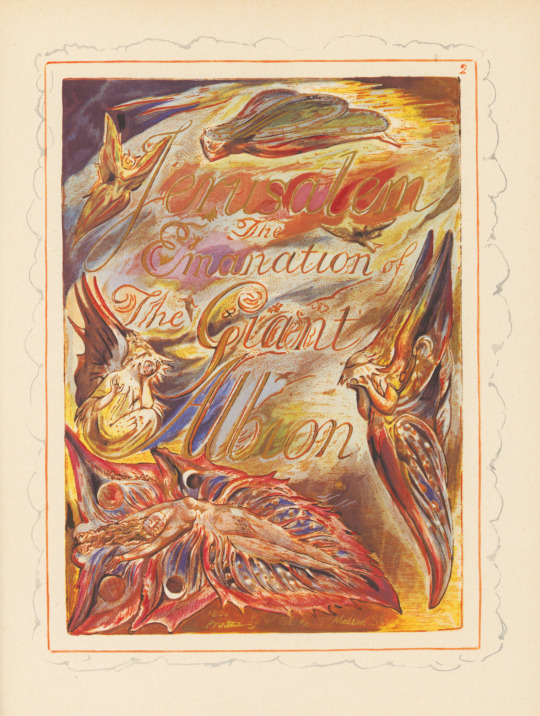

Marbled Monday
This week's Marbled Monday post is A Study of the Illuminated Books of William Blake: Poet, Printer, and Prophet. It was written by British surgeon and author Geoffrey Keynes and published by the Trianon Press in 1964. The Trianon Press was a Paris-based publisher of fine art books founded in 1947 by Arnold Fawcus. The book includes an essay on Blake's illuminated books and reproductions of some of his illustrations. They are printed on paper specially made to reproduce the tint of the paper used by Blake.
The slipcase and binding are covered in the same marbled paper—a red field with green, chartreuse, and lighter red veining. The book is quarter-bound in brown Morocco leather and features the title gold-stamped on the spine and a gold-tooled line where the leather and marbled paper meet on the front and back covers. It is signed by Geoffrey Keynes.
View more Marbled Monday posts.
-- Alice, Special Collections Department Manager
#Marbled Monday#William Blake#Geoffrey Keynes#Arnold Fawcus#Trianon Press#Illuminated books#marbled paper#marbling#Morocco leather#quarter binding
43 notes
·
View notes
Audio
1 note
·
View note
Text
From pigeon droppings to wading in excrement, the traditional craft of tanning skins in Fez, Morocco is a dirty job. But the result is the world’s most supple leather.
27 notes
·
View notes
Text
Today's #ToolingTuesday is LJS 439, one of two known manuscripts of the Arabic original of the Book on the configuration of the orb. Written in 14th c. Seville, binding is modern morocco with earlier blind-tooled morocco covers laid on new covers
Online:
#medieval#manuscript#arabic#paper#spain#red leather#binding#morocco binding#blind tooling#book history#rare books
19 notes
·
View notes
Text

2 notes
·
View notes
Text
youtube
Tanners at the Chouara Tannery have been transforming animal hides into leather since the 11th century. The tanning process has gone unchanged since then, but it relies on heavy chemicals that threaten the health of workers. Some say they are not willing to take that risk. We traveled to the world’s oldest leather tannery in Fez, Morocco, to find out how this ancient craft is still standing.
MORE STILL STANDING VIDEOS:
Meet One Of The Last Masters Keeping Korea’s Ancient Onggi Tradition Alive | Still Standing
https://www.youtube.com/watch?v=kj8tG...
Why Only 1% Of Japan's Soy Sauce Is Made This Way | Still Standing
https://www.youtube.com/watch?v=MKbRu...
Egypt's Stone Carvers Keep Their Ancestors' Traditions Alive | Still Standing
https://www.youtube.com/watch?v=kKO6X...
------------------------------------------------------
#Morocco #StillStanding #BusinessInsider
#business insider#still standing#Solarpunk#leather tannery#leather#tannery#Tanners#Chouara Tannery#Fez#Morocco#Youtube
5 notes
·
View notes
Text
in 1903, the Clarendon Press could sell you eight tenths of the Oxford English Dictionary

(although you would have had to bind together three of those volumes yourself)
one Greek dictionary, one Hebrew dictionary, one Middle English dictionary, one Sanskrit dictionary, one Icelandic dictionary, two Anglo-Saxon dictionaries, two Swahili dictionaries, three Syriac dictionaries
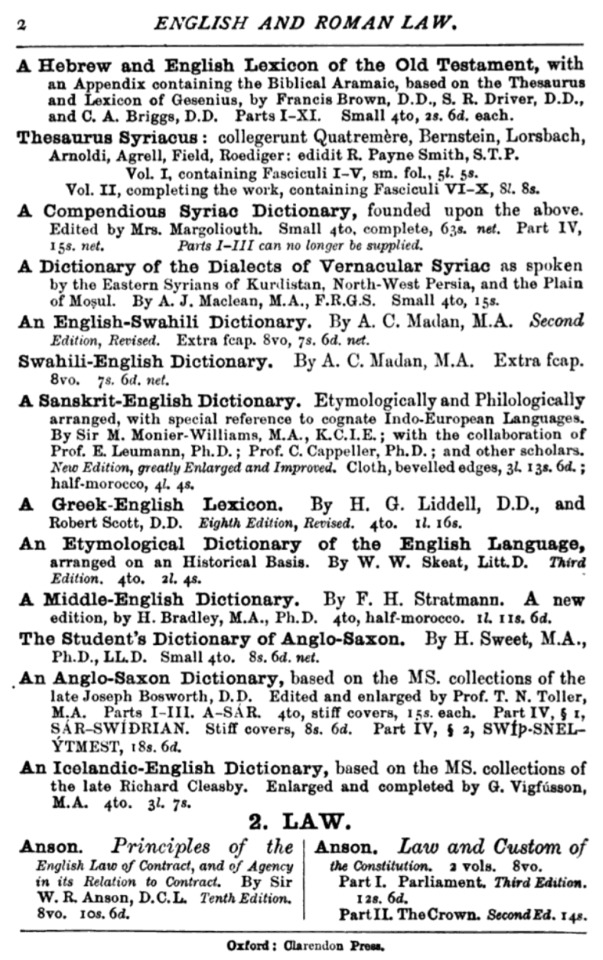
and that was it
2 notes
·
View notes
Text
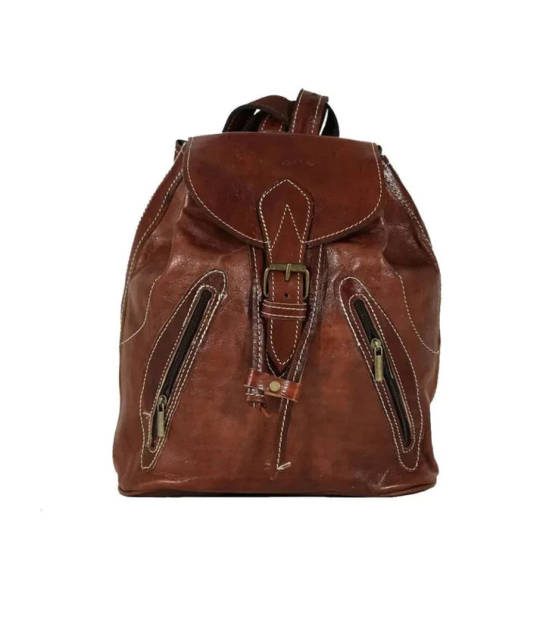
Morocco Leather Bag | Store.biyadina.com
Shop the finest Morocco Leather Bags at Store.biyadina.com and experience the luxurious feel of premium quality leather. Our bags are crafted with love and attention to detail, making them the perfect addition to any wardrobe.
Morocco Leather Bag
1 note
·
View note
Text
Marrakesh, Morocco
What you should do, see, and eat in Marrakesh. Or do other things. I'm not your boss. #VisitMarrakech
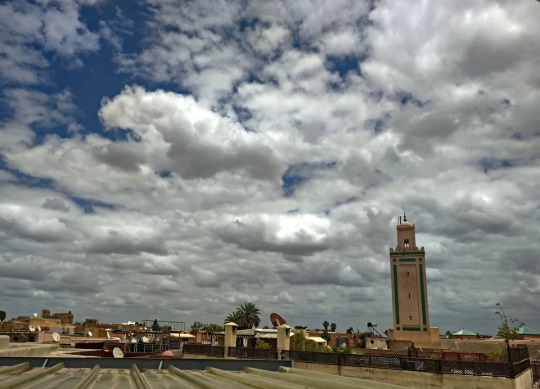
View On WordPress
#Alcohol in Marrakech#Best food in Marrakesh#Best restaurants in Marrakesh#Buying a leather jacket in Marrakesh#Getting a massage in Marrakesh#Marrakech#Marrakesh#Marrakesh Morocco#Medina Marrakesh#Photography#Sites to visit in Marrakesh#Things to doin Marrakesh#Travel#Travel Blogging#Travel Photography#Travel to Africa#What to see in Medina Marrakesh
1 note
·
View note
Text

LARGE PORTFOLIO OF GENERAL JUNOT, DUC D'ABRANTÈS, CONSULATE PERIOD (1801-1804)
In red morocco leather decorated with gold with a small iron, signed “Garnesson maison Égalité” under the flap, with five bellows and six dividing compartments inside; marked in gold “LE Gal DE Don JUNOT”; corners of reinforcements with cut sides and openwork plate with five anchor points, in silver; clover key lock.
In the state: (accidents, tears, restorations, missing key).
A large consulate-periode porte document of General Junot, duc d'Abrantès.
Provenance: Andoche JUNOT, Duke of Abrantès (1771-1813), then descendants.
Related work:
A wallet in private collection, marked “A JUNOT COLONEL GENERAL AIDE DE CAMP DE L'EMPEREUR”, which was used by Junot after July 1804.
History:
The existence of another portfolio of Junot allows us to date this one precisely, that is to say after his appointment as division general (November 20, 1801) and before his appointment as colonel general of the hussars in July 1804. Garnesson’s marking “Maison égale” (name of the Palais Royal between 1793 and the Consulate) confirms this dating.
Biography :
Jean Andoche Junot, Duke of Abrantès (1771-1813). Bonaparte’s aide-de-camp, he participated in the Italian and Egyptian campaigns, then was ambassador to Lisbon (1804) and governor general of Parma and Piacenza (1806). Commanding the army of Portugal, he achieved the success of Abrantes, entered Lisbon (November 1807), but, beaten by the English, he had to capitulate at Sintra (1808). He then fought in Spain (1810-1811), then was governor of Illyria (February 1813). He ended his life in 1813.
Source: Artcurial — Historical Memories - 24 january 2024
#Artcurial#auction#junot#jean andoche junot#historical memories#historical memories auction#napoleonic era#napoleonic#portfolio#1800s#19th century#Morocco leather#napoleon bonaparte#napoleon#first french empire#french empire#history#France#french history
14 notes
·
View notes
Text
Fez ‘s leather tannery was established in the 11th century.
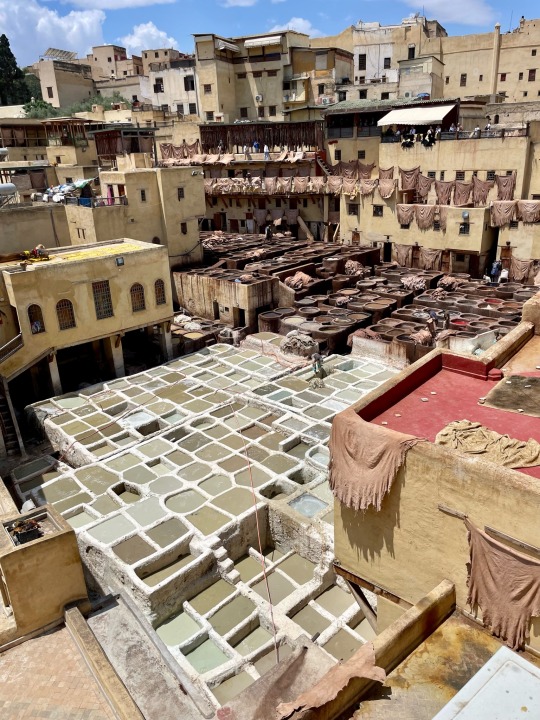



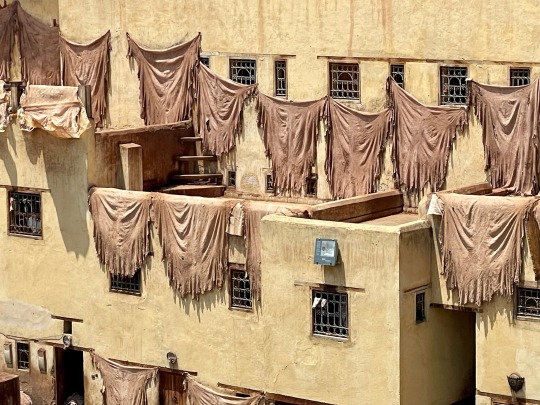


0 notes
Text
Leather tanners in Morocco have been using time-honored techniques to tan animal hides for 1,000 years. But toxic chemicals are posing massive risks to the workers.
25 notes
·
View notes
Text
I ❤️ learning new words. Thank you, Leo Tolstoy and Constance Garnett.
#anna karenina#'morocco' is a pebbled leather that comes from... Morocco#'serge' is a twilled fabric#tolstoy#books
0 notes

